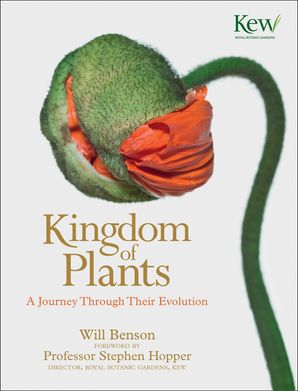Today
as I have shown before again R. hirta in its multispectral representation. I took some shots in normal human vision VIS, in UV using the Baader-U, the all proprietary Jupiter-U and the new Saturn-U (300-350nm) filter, as well as in
simulated bee and butterfly vision using my XBV2, XBV3 and the new, stricter XBV6 filter respectively.
[click on image to see a larger one]
Visual shot - human vision:

Simulated butterfly vision using XBV3 filter:

Simulated butterfly vision using XBV2 filter:

Simulated bee vision using XBV6 filter:

UV using Baader-U filter:

UV using Jupiter-U filter:

UV using Saturn-U (300-350nm) filter:

IR (basically) as it was shot using only a ND filter:

Rudbeckia and also this R. hrsta have a very prominent, otherwise invisible "bullseye pattern" which gets nicely visible in UV (around 360nm) and BV. Since leafs (petals were leafs one) reflect from 700-750nm onwards, that pattern is also invisible in IR.
As you may have noticed, I'm still working on my bee vision (BV) filters; BV6 now is one with very intensive colors and much shorter exposure time, due to new filter glass combinations.
More about these special new filters here later in a seperate entry.
Stay tuned, more will follow on that fascinating subject...
More info on this very interesting field may be found on my site
http://www.pbase.com/kds315/uv_photos




















































